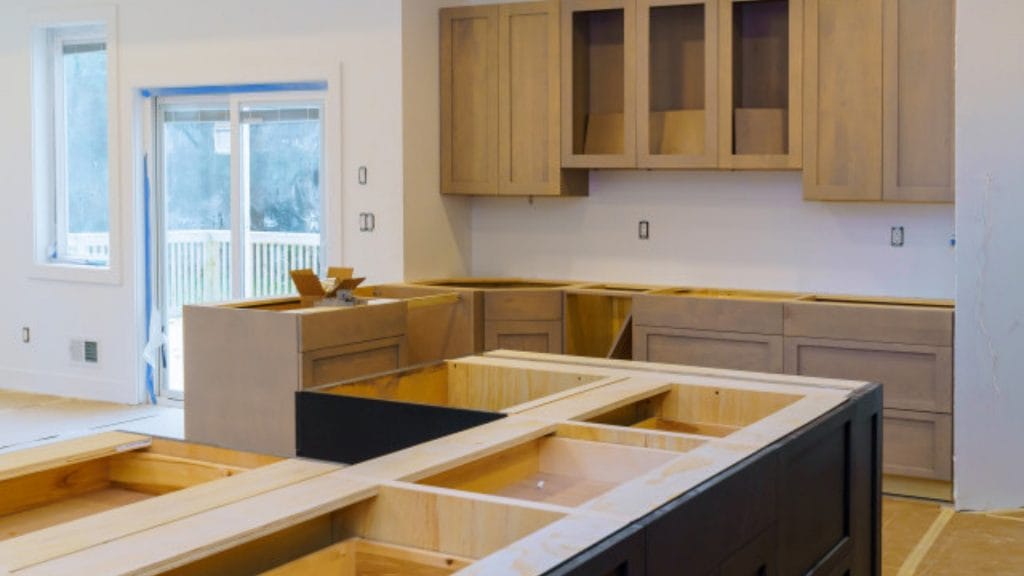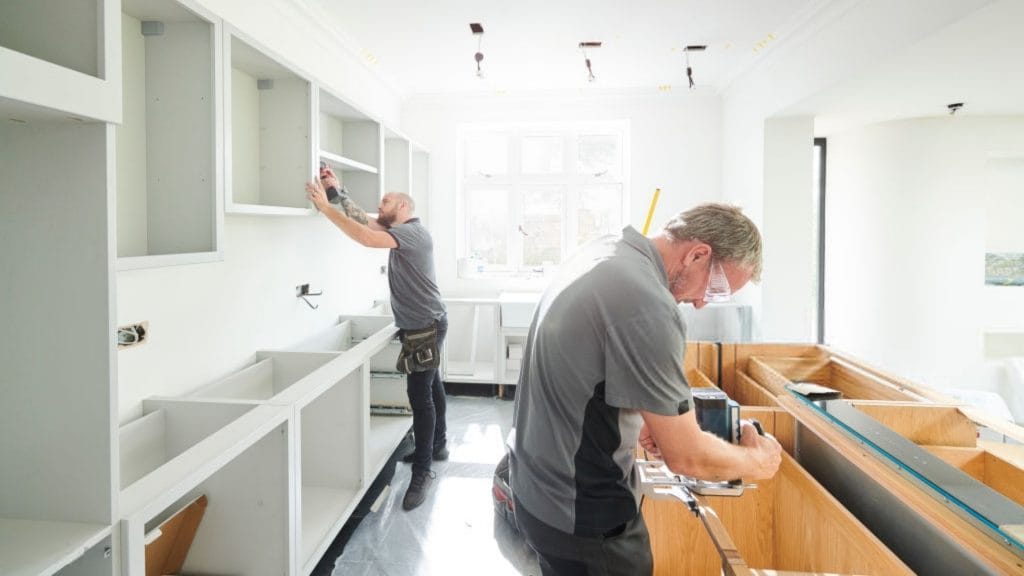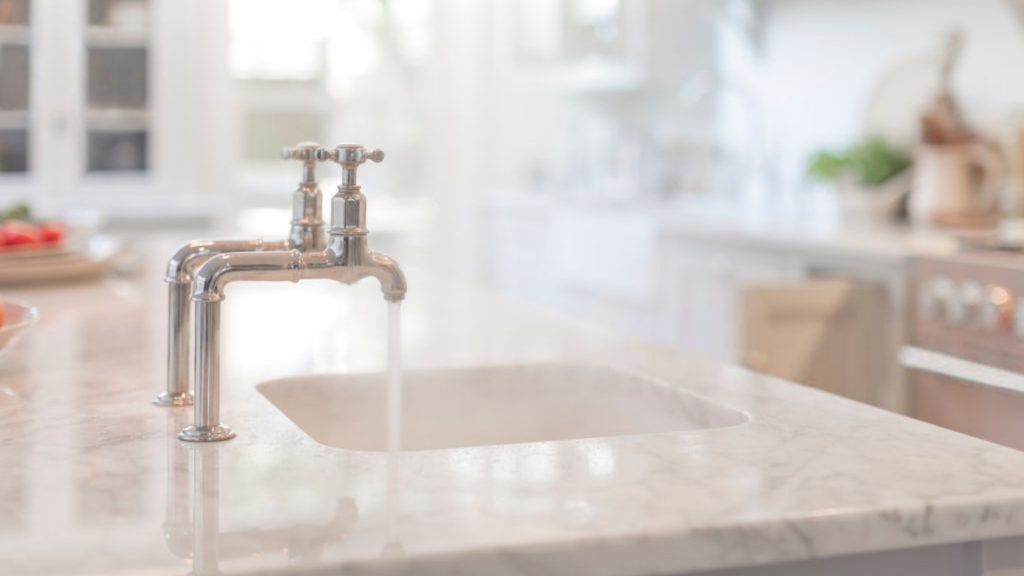If you are preparing for a remodel to your Maryland or Washington, DC, home, you might be thinking about your budget and wondering what the most cost-effective approach is going to be.
Hiring a general contractor, an architect, and a designer separately allows you to work with very specific individuals, but it may complicate the process. Choosing a design-build firm consolidates and simplifies all of the building processes, but the initial bids might be a bit higher at the outset.
No matter what you decide, you should be looking at the overall value you will receive, and sometimes, this has more to do with convenience than money. When it’s all said and done, you may realize significant savings in design-build, even though the initial bid and budget are higher.
Thinking About The Bottom Line
 Renovations are not cheap. Since it’s a big investment, you’re going to want to know how much the job is going to cost. You want to get the biggest bang for your buck, but you also want to make sure you’re getting some value out of it on the back end.
Renovations are not cheap. Since it’s a big investment, you’re going to want to know how much the job is going to cost. You want to get the biggest bang for your buck, but you also want to make sure you’re getting some value out of it on the back end.
For example, if you’re remodeling your kitchen or putting in a master bath, you will want to find out what kind of return you can expect when it’s time to sell. A lot of these aspects depend on the quality of the finishes you choose. So, while you can value-engineer some details, other things, like countertops and fixtures, are critical to delivering value.
In much the same way, you want to make sure your builder delivers value while supporting your goals. Deciding where and what to save on is critical, and a design-build firm helps you realize that objective.
Design-Bid-Build vs. Design-Build: Cost Considerations
 In a traditional design-bid-build scenario, a contractor will usually try to come in with a lower bid so they can win the job. To deliver on that budget, they may cut corners by hiring low-paid sub-contractors, resulting in a poor-quality outcome.
In a traditional design-bid-build scenario, a contractor will usually try to come in with a lower bid so they can win the job. To deliver on that budget, they may cut corners by hiring low-paid sub-contractors, resulting in a poor-quality outcome.
While this is not always the case, there are other issues to consider. For example, without some extra cushion in the budget, there may not be any wiggle room in the event a problem occurs. Fixing unforeseen issues can result in delays, added costs, and an unsatisfactory result. Any cost savings you thought you had at the beginning will be wiped out.
In a design-build workflow, the budget may be a bit higher at the start. However, this takes into account every possibility that may be encountered along the way.
Architects and engineers are part of the conversation right from the start. They will bring their concerns to the table up-front, so there are no surprises. Having contingencies in the budget for a worst-case scenario means you avoid unforeseen delays, and any added expense has already been considered.
The design-build process achieves value through efficiency, smart choices in materials, and value engineering. This means that should a problem arise, a solution is already in place. Every phase, every process is well thought out from the start, and always proceeds with a thorough understanding of your needs, budget, and priorities.
A Word On Value Engineering
 Value engineering is the process of optimizing costs by considering alternatives in design, materials, systems, and finishes. It’s a matter of value versus cost, which is a core principle of design-build. Essentially, it means that we always proceed with the original intent in mind, but we have a contingency plan in place in case we have to adjust the budget in other ways.
Value engineering is the process of optimizing costs by considering alternatives in design, materials, systems, and finishes. It’s a matter of value versus cost, which is a core principle of design-build. Essentially, it means that we always proceed with the original intent in mind, but we have a contingency plan in place in case we have to adjust the budget in other ways.
In a general sense, the designer will work closely with you and the contractor to make adjustments to materials so that it works within your budget and still delivers the result you want.
For example, you may have your heart set on marble countertops for your kitchen. However, when we remove a wall in the kitchen to make it larger, we find that the plumbing and electrical wiring needs to be replaced. Value engineering offers a cost-effective alternative to the marble countertops you love, providing the exact look you want in quartz at a fraction of the cost. Ultimately, the design intent remains the same, and there is enough money in the budget to do the plumbing and wiring you need to do.
Approaching a remodel or renovation in this way allows us to establish accurate pricing, maintain agreed-upon timelines, and deliver on your vision.
Do you have any questions about our design-build process? We’d love to speak to you about it. Reach out today to schedule a conversation.





